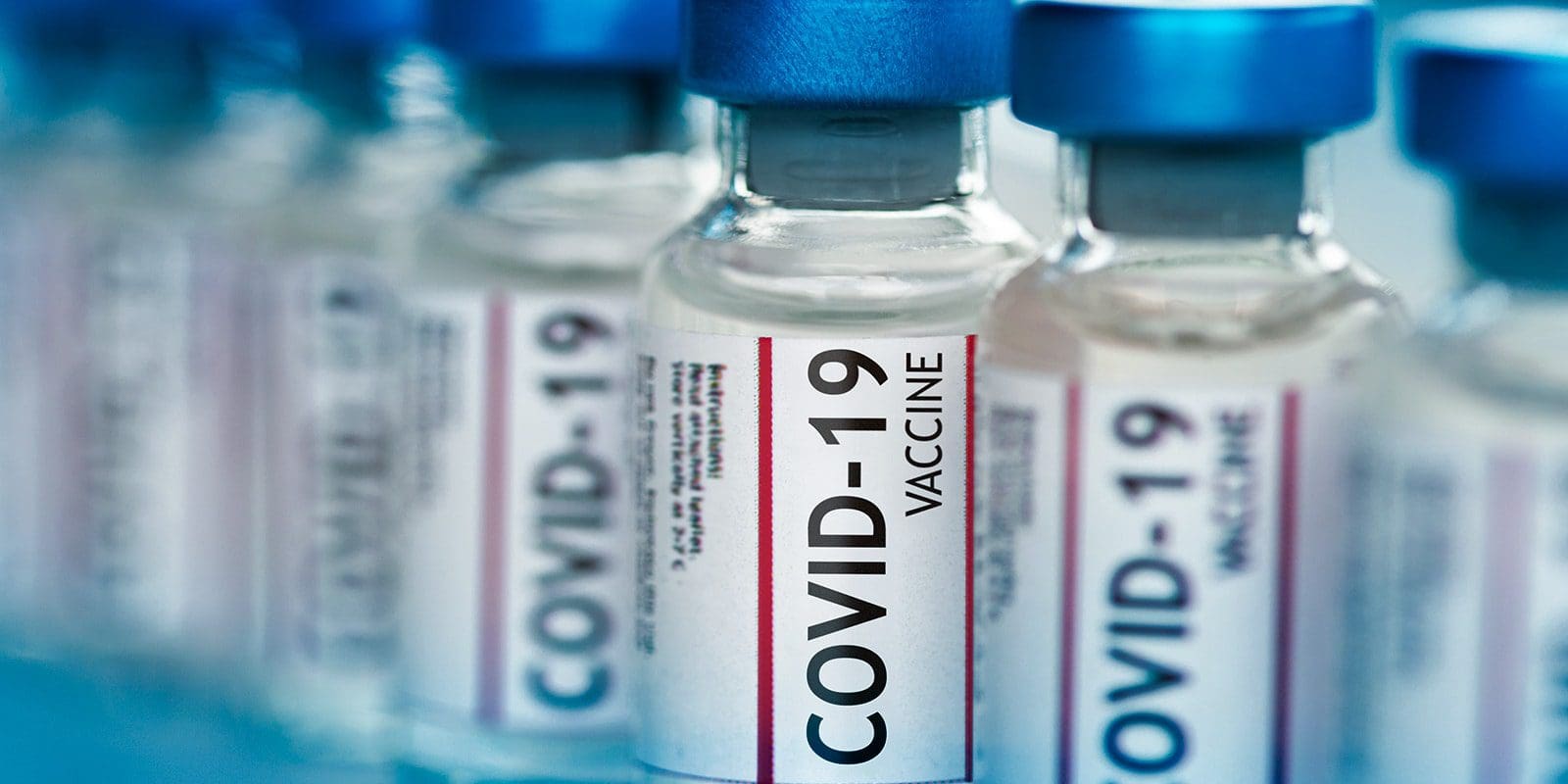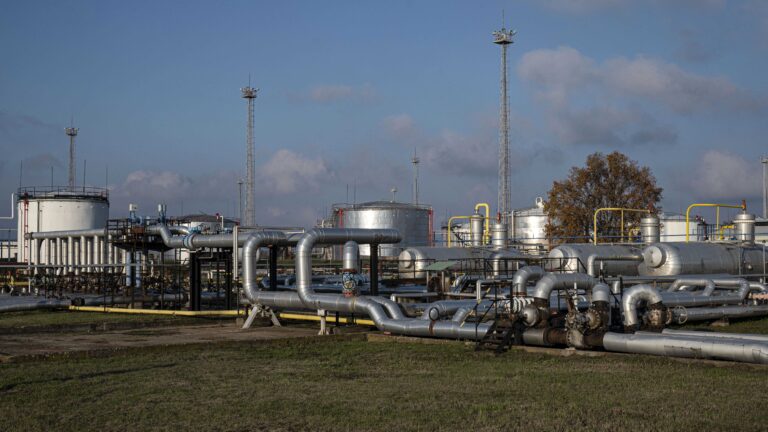Being a leader in vaccination per capita (44,6 per cent), Hungary seems to win the fight against the Covid-19 as firsts in the EU/EEA. More than 4 million people have received at least one shot of the two-dose COVID-19 vaccines by this week, and life is gradually returning to normal in the country. But how can Hungary knock out the virus in the first round before anyone else in Europe?
Maybe the phrase ‘knock out’ might sound extreme, but it is certainly a victory by points as countries were on the rope as Covid-19 appeared and grew into a pandemic at the beginning of 2020. Our lives have significantly changed for more than a year now and the virus has had the same impact on everyone from the hairdresser in Buenos Aires, the housewife in Maryland to the baker in Marseille or the restaurant owner in Budapest: masks, lockdowns, grief and desperate waiting for the vaccine, seen as the only solution.
Hungary, similarly to most countries, has seen three waves of the epidemic starting on 4 March 2020; the date of the first confirmed case of coronavirus. In the fearful milieu of the first wave, the number of cases—owing to the serious measures which had been taken until summer—remained moderate. During the second wave in December 2020, when an even higher number of active infections was registered, the cases peaked at above 198,000. Interestingly, most of these cases were confirmed among the youths who had suffered from milder symptoms of the disease; consequently, the mortality rate in the second wave was much lower than in the first. In the third wave, however, the infection rate crept up to above 270,000 as of 13 April 2021 due to the appearance of the more contagious British variant of the virus. Since that date, the epidemic curve has been heading downward.
As the case numbers started to decrease, the government—based on the calculation and research of experts and authorities—decided to open outdoor venues and terraces, which were filled with people with a relieved, but guarded smile behind their masks, jaded in the yearlong confinement. When the number of vaccinated people reaches 4 million, likely this week, a wide range of services, such as theatres, cinemas, zoos, gyms, spas, and museums will open up to those who have an immunity certificate.
Hungarian Crisis Management
Among the first decisions of the government in early March was the setting up of the Coronavirus Task Force, which was brought on to manage provisions related to the COVID-19 pandemic in Hungary and to analyze and evaluate its spread. On 11 March, soon after the first cases were identified in the country, a state of emergency was declared. Emergency power was granted to Prime Minister Viktor Orbán by the Parliament and the right to govern by decree for the sake of making decisive actions in the right time to battle the virus.
But let us be clear. State of emergency does not mean omnipotence; it is not irrevocable; it was never meant to dissolve the Hungarian Parliament or to build an autocracy as many have believed and desperately worried about. On the contrary, it meant rapid and effective decisions to curb the pandemic’s social and economic destruction by giving a broadened executive power to the government, but with a time limit and possibility for the Parliament, which has not been dissolved for one minute throughout the period, to lift the state of emergency (which it actually did after 90 days). Those who anxiously watched how Hungary seemed to be turning into a dictatorship had to be disappointed.
Just like those countries and citizens who have thought that globalism in its progression would bring about global cooperation and solidarity, where all nations receive support, devices, equipment and vaccines equally to vanquish the pandemic. Instead of this (otherwise socialistic nightmare), they have witnessed international organizations’ erratic reactions, while countries acted as nation states should: they put their own interests, their own citizens’ health and lives first.
Just as Hungary did. During the first wave of the pandemic, Hungarian diplomacy had already shown its competence when it successfully acquired face masks, protective gear, ventilators in time of high demand, making a strategic stockpile, preparing for the worst-case scenario. The situation was not any different in the case of vaccine supply. Because of the EU’s cumbersome vaccine supply and distribution, Hungary—in the concert of deprecation of the opposition and critics abroad—started to negotiate with other countries like Israel, Russia, China, and India, and companies as well to provide continuous, secure vaccine supply in larger amounts.
‘Neither politics nor the interests of large international companies competing with each other are taken into account. All that matters is that Hungarians can get the vaccine as quickly and safely as possible’ – emphasized the principle of the government’s vaccine acquisition PM Viktor Orbán.
As firsts among EU members, after the approval of the domestic authorities, Hungary has contracted a total of 7 million doses of ‘Eastern vaccines’: 5 million of China’s Sinopharm, and 2 million of the Russian Sputnik-V. More than 35 per cent (~ 2.5 million) of this amount has already made it to Hungary and has been administered to the adult population. For comparison, Hungary has also reserved almost 24 million doses from the EU’s vaccine acquisition out of which 13 per cent has been delivered to the country (mostly Pfizer-BioNtech and Astra-Zeneca). These data clearly show that the main argument in favour of ‘Eastern vaccines’ is the pace of their delivery, which is an asset in a serious situation when every additional day without being vaccinated costs human lives, deepening economic and social damage.
Despite the hardships and the often politically motivated, reckless critics, Hungary’s strategy including opening to the East for procuring vaccine can be considered a successful, necessary and timely move of the government which put Hungary a step ahead in the EU in terms of inoculation with 44,6 per cent of its population vaccinated, compared to the EU’s 26,5 per cent average. A strategy that placed the nation’s interests ahead of politics.
But more important than numbers and statistics is the country and its people. Those who were and are(!) in the forefront of the battle: doctors, nurses, teachers and law enforcement officers; the burdened health care system and the economy. Let us not forget service providers and business owners, communities and families who found themselves in an unusual and uneasy situation, holding on steadfast amidst uncertainty until a proper response is found to the disease shaking the world. They could now find relief and see the light at end of the tunnel which will allow us to return to our old, beloved lives.








